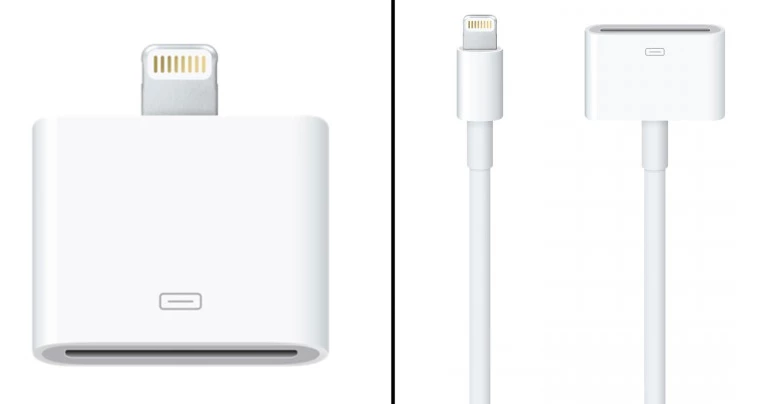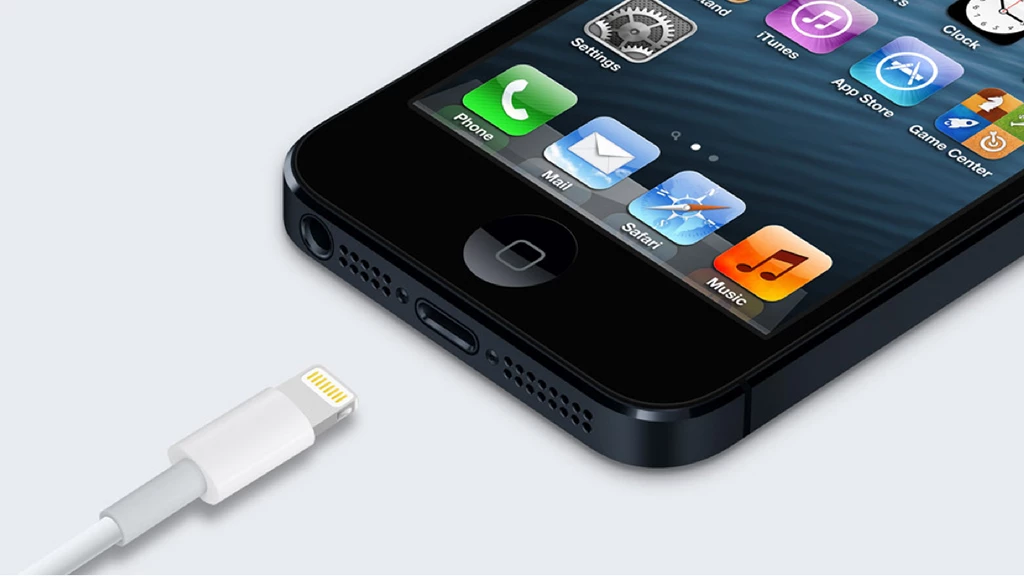It may still lack a micro SD card slot and didn’t get the much-rumored NFC capabilities, but the most controversial change ushered in with the new iPhone 5 – as well as the updated iPod touch and iPod nano – was undoubtedly the introduction of the new “Lightning” connector. So just what does the switch from the 30-pin connector to the new 8-pin connector mean for consumers?
Apple has a history of being ruthless when it comes to dropping technology it believes is past its use-by date. The company dumped floppy disk drives from its iMac G3 in 1998 and ditched the optical drive from its MacBook Air in 2008 and MacBook Pro with Retina display earlier this year. It also phased out the Mini-DVI from 2008 in favor of the Mini DisplayPort. Now the 30-pin connector is joining the list.
Technology has advanced quite a bit since the 30-pin connector replaced FireWire on the third-generation iPods back in 2003. So it’s not surprising to find the new Lightning connector has a number of advantages over its predecessor. It is reversible, meaning it doesn’t matter which way something is plugged into it, and it is faster and more durable. Apple also describes it as all-digital and adaptive, meaning that it adapts to use only the signals required by whatever is plugged into it.
But it’s the 80 percent reduction in size compared to the 30-pin connector that has allowed Apple to significantly reduce the thickness of the three new Lightning connector-toting iOS devices unveiled yesterday. And in the gadget world where thin is in, the days of the 30-pin connector have long been numbered.
But what does it mean for consumers weighing up a potential purchase? If you’re new to the Apple fold then the new connector won’t really have any impact at all. The same applies for those upgrading from a previous model but who haven’t shelled out on any Made for iPod accessories. However, given the tremendous popularity of such accessories, these people will be in the minority.
No, the chorus of disapproval has come from those who have already invested in docks and other accessories built around the 30-pin connector. In an attempt to quell this chorus, Apple has announced a number of accessories to provide backwards compatibility with existing accessories, but these come at a price. A Lightning to 30-pin Adapter retails for US$29, while a 20 cm (7.8 in) Lightning to 30-pin Adapter cable sells for $39. There’s also a Lightning to USB Cable that retails for $19.

Even individuals are likely to complain about the extra expense, but spare a thought for businesses, such as hotels or gyms, that have invested in large numbers of 30-pin compatible iOS accessories. The cost of adding compatibility with the new Lightning connector through (easily pilfered) adapters is a much bigger problem.
Aside from waiting for the inevitable budget "knock off" adapters, there is another alternative. Wireless. There are already devices such as the CoolStream Bluetooth Receiver for iDock that plug into a dock to give it Bluetooth capabilities. While such devices allow you to go on using your existing accessories, the obvious downside is that the dock will no longer charge the mobile device.
That leaves upgraders just one more option. Passing your old dock or accessory onto a friend or family member and shelling out for one of the new Lightning connector compatible units set to hit store shelves in the near future. After all, Apple could really use the money.




